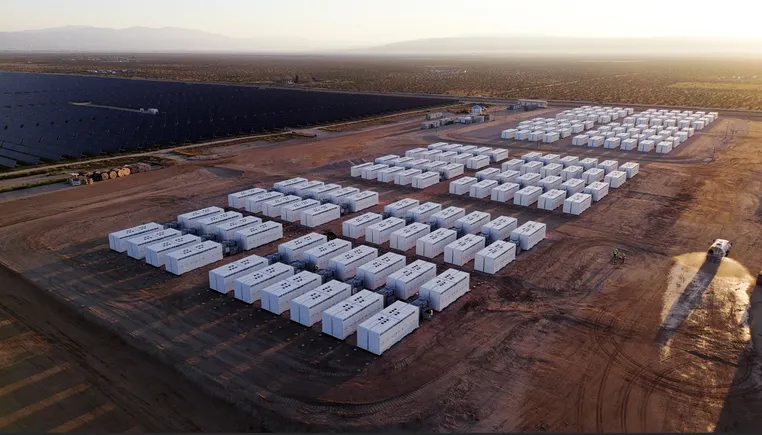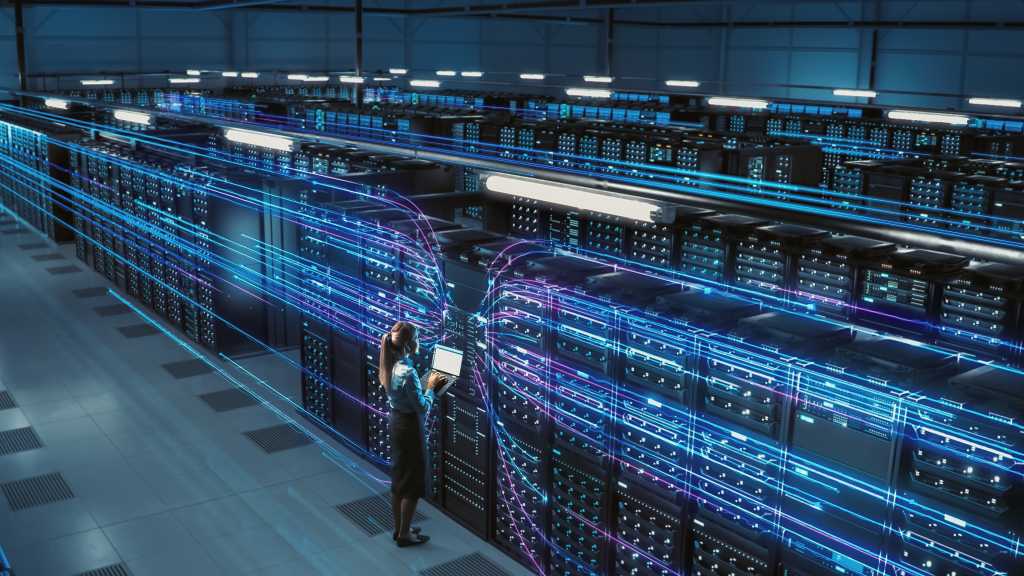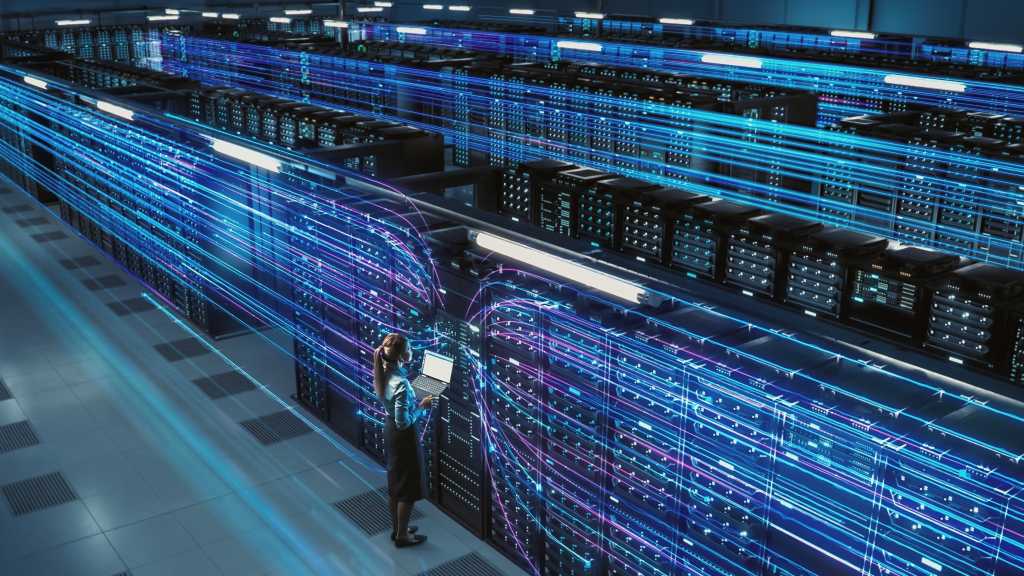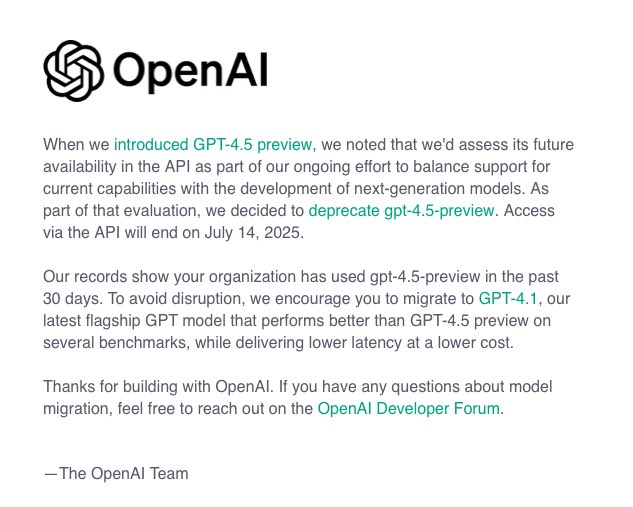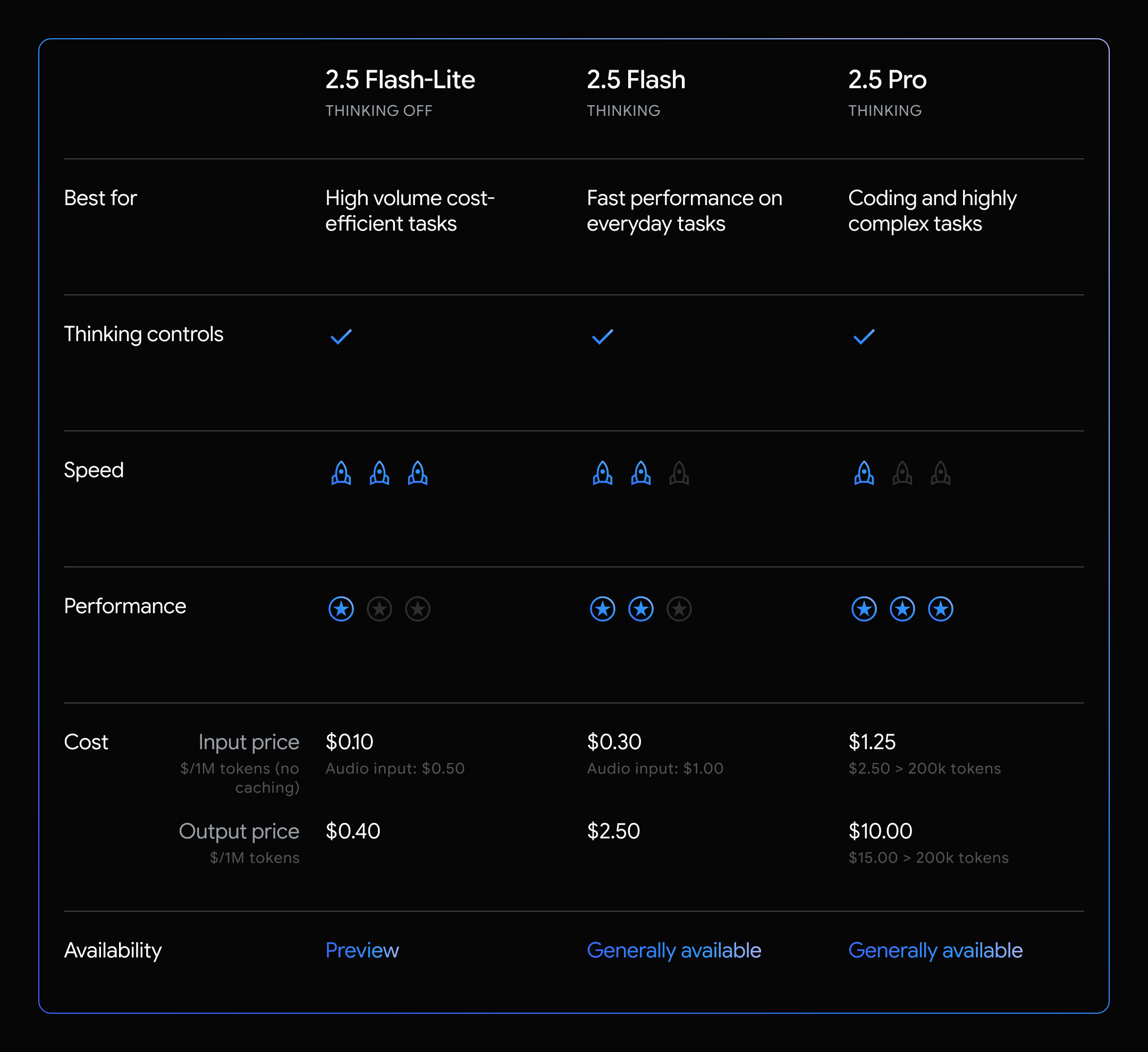
“When you are getting rid of tens of thousands of devices every year and sometimes hundreds of thousands, negotiate,” Nguyen said. “You may be able to say ‘Give me X amount for this service, this device, this component.’”
Data security preserved
Other variables in this equation include privacy, cybersecurity and compliance concerns, given the data stored within those devices. But Western Digital and others said that should not be a problem.
“The enterprise companies destroy drives for data security,” said Rhownica Birch, director of global operations product sustainability at Western Digital. “Shredding drives still allows precious metals and rare earths to be recovered via this advanced recycling ecosystem.”
Moor’s Brue agreed, and offered more detail.
“Extracting [rare earth elements] can be done after shredding. Shredding storage devices is an effective way to ensure data is irretrievable because the physical destruction makes recovery impossible,” she explained. “After shredding, magnets and other separation techniques are used to efficiently extract and preserve rare earth elements and other valuable materials for recycling.”
The shredding process is done by a certified service provider which will follow a chain of custody and then issue a certificate of destruction to the enterprise. That would make this Microsoft/Western Digital test, Brue said, “a completely safe method that meets data protection regulation requirements.”







